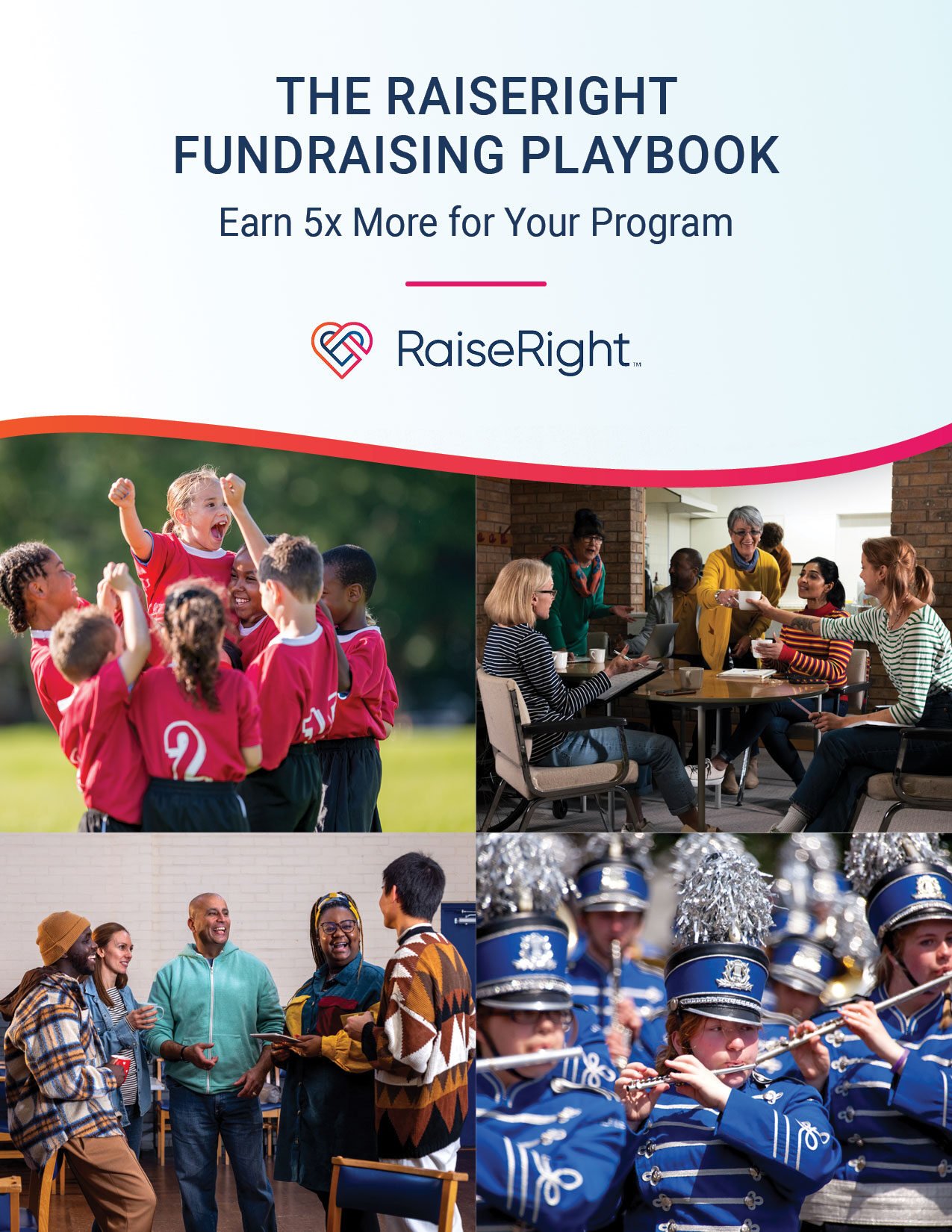How to Choose a Private School That’s Right for Your Child

Did you know? There are over 30,000 private schools in the U.S., with a combined 4.7 million students enrolled. And here’s the great news: your child isn’t pre-assigned to any of these private schools by zip code or any other factor.
Opting for a private school education puts the steering wheel firmly in your hands, allowing you to compare schools, ask hard questions, and confidently decide if it’s the right place for your child to learn and grow.
So, what should you look for in a private school? We’ve crafted a series of questions broken down into categories to help you figure out how to choose a private school for your child:
- Academic curriculum
- Extracurricular activities
- Location and accessibility
- School culture and atmosphere
- Tuition and other costs
Academic curriculum
In addition to lofty proclamations about the school’s philosophy of education, be sure to get specific details and statistics to help you compare schools.
When it comes to curriculum, ask:
- What are the standards or guidelines used to design curricula?
- What is the scope and sequence of the curricular program?
- Are there specific courses of study that are of interest to your child’s future goals?
- Are there any specialized environments, equipment, or faculty relevant to those areas of study?
Next, check on:
- What is the average class size, and are there individualized learning plans or one-on-one academic support?
- How are students’ academic performance and progress assessed?
- What are the faculty qualifications, instructional strategies, and performance standards?
- What technology is used as part of learning methods?
- What are your indicators of school-wide performance such as average SAT score and other test results?
- What are your statistics on graduates’ college readiness, acceptance, and success?

Extracurricular activities
When it comes to sports, art, music, STEM activities, and various clubs, what can each school offer? Keep in mind that quality and relevance may be more important than quantity, and inquire about:
- Is there infrastructure for the activities your child is already talented or invested in?
- What is the availability of new activities to explore?
- How are activity programs leveraged toward college entry and scholarships?
- What is the level of family participation and support?
- What are the fees and other anticipated costs?
- Are funding options, such as RaiseRight, available to offset costs?

Location and accessibility
While you don’t want to base your private school selection on whatever is nearest to your home, location can’t be ignored. When you tally up other considerations, convenience may help weigh the decision.
To that end, consider:
- How far is the school from my home, and how long would it take to get to and from there? What are the transportation costs?
- Will the school’s location impact proximity or distance from extracurricular activities and socializing?
- How will the distance affect family time?
School culture and atmosphere
Investing in private school isn’t only about academics. It’s also about ensuring your child is in a safe environment that’s consistent with your family’s core values and supports social development. Because of this, you may want to ask about:
- What are the school’s safety and security practices?
- How are values demonstrated, taught, and upheld?
- What are the behavioral expectations, bullying policies, and discipline practices?
- How does the school support psychological and emotional health?
- What is the demographic breakdown of students and families at this school?

Tuition and other costs
At the end of the day, private school cost is a critical factor when it comes to selecting an institution. Keep in mind that private school is funded by:
- Tuition and fees
- Endowments
- Donations
- Fundraising programs like RaiseRight
- Private grants
Read more: Why Are Private Schools So Expensive?
When making your decision, be sure to understand the total costs of each school, including:
- Basic tuition and when it’s due
- Required uniforms, devices, or other family-purchased items
- A full schedule of fees for textbooks, supplies, lab usage, etc.
- Fees and anticipated costs for relevant extracurriculars
Explore scholarships
Are scholarships available to offset costs? Does the school offer or help families apply for full or partial scholarships based on any of the following criteria?
- Academics
- Sports
- Other merit or talents
- Financial need
- Demographics
Explore government-regulated funding options
Find out if the school is eligible to receive tuition funded through any state or federal School Choice programs available to you. These may come in the form of:
- Education savings accounts (ESAs)
- School vouchers
- Tax-credit scholarships
- Tax-credit education savings accounts
- State tax credits or deductions
Learn more about School Choice benefits in our comprehensive guide here.
Consider financial aid options
Private schools’ financial aid availability, limits, and policies differ. Ask about:
- How much assistance is available
- Qualification: income, assets, debts, number of children in tuition-based schools, etc.
- Whether extenuating circumstances such as medical bills are taken into consideration
- If there’s a limited first-come, first-served pool of aid
- Application process and timing
Read more: How to Make Private School Affordable: A Parent’s Guide

How RaiseRight can help you choose a private school
As you investigate school costs, ask if your school of choice has a RaiseRight program.
RaiseRight is a low-maintenance and effective way to offset private school tuition and extracurricular costs. Families can raise money to reduce tuition just by buying gift cards, shopping online, or dining at local restaurants.
Shop from hundreds of popular brands and categories and earn up to 20% back with each purchase. You’ll earn funds that go back to the school, which are applied directly to private school costs or distributed back to your family for tuition savings. The best part: RaiseRight is free to join!
If a RaiseRight program isn’t available at your preferred school, ask them if they’re open to enrolling and supporting fellow parents with financial aid. Invite them to learn more about how RaiseRight supports thousands of private schools across the U.S.
Looking for other articles related to private school selection and funding? Explore more topics on our blog here.

